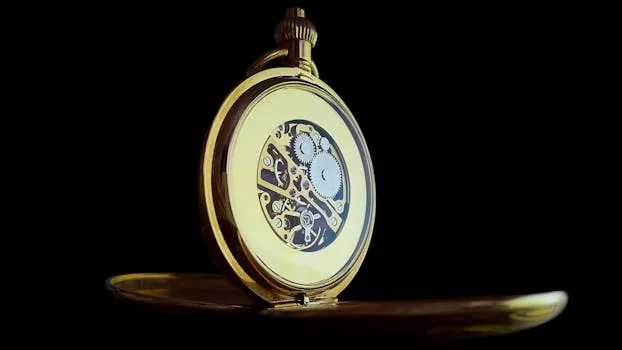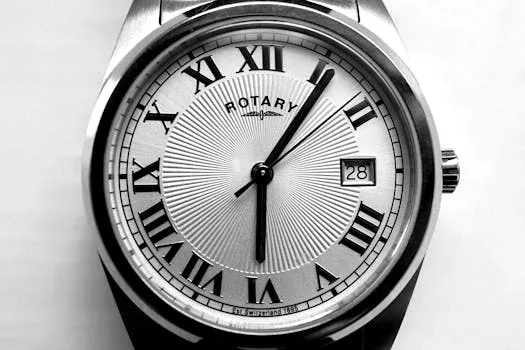
Exploring Different Types of Watch Movements: A Comprehensive Guide
Introduction to Watch Movements
Watch movements, also known as calibers, are the heart of a timepiece, responsible for measuring the passage of time. Over the years, watchmakers have developed various types of movements, each with its unique characteristics, advantages, and disadvantages. In this article, we will delve into the different types of watch movements, exploring their history, mechanics, and applications.
Types of Watch Movements
Quartz Watch Movements
Quartz watch movements are the most common type of movement used in modern watches. They utilize a quartz crystal that vibrates when an electric current is applied, dividing time into equal parts. Quartz movements are known for their accuracy, reliability, and low maintenance. They are also relatively inexpensive to produce, making them a popular choice for fashion watches and affordable timepieces.
Mechanical Watch Movements
Mechanical watch movements, on the other hand, are powered by a mainspring that stores energy, which is then transmitted to the gear train, balancing wheel, and finally, the hands. Mechanical movements are often associated with high-end watches and are prized for their craftsmanship, beauty, and historical significance. They require regular maintenance, such as winding and servicing, to ensure optimal performance.
Automatic Watch Movements
Automatic watch movements, also known as self-winding movements, combine the best of both worlds. They utilize a rotor that winds the mainspring, eliminating the need for manual winding. Automatic movements are popular among watch enthusiasts, as they offer the convenience of a quartz movement with the beauty and craftsmanship of a mechanical movement.
Other Types of Watch Movements
In addition to quartz, mechanical, and automatic movements, there are other types of watch movements, including kinetic, solar, and GPS movements. Kinetic movements use a rotor to generate electricity, which is then stored in a battery. Solar movements use photovoltaic cells to generate electricity, while GPS movements use satellite signals to synchronization time.
Conclusion
In conclusion, watch movements are the backbone of a timepiece, and understanding their different types and characteristics is essential for any watch enthusiast. Whether you prefer the accuracy and reliability of quartz movements, the beauty and craftsmanship of mechanical movements, or the convenience of automatic movements, there is a watch movement out there to suit your needs and preferences.





